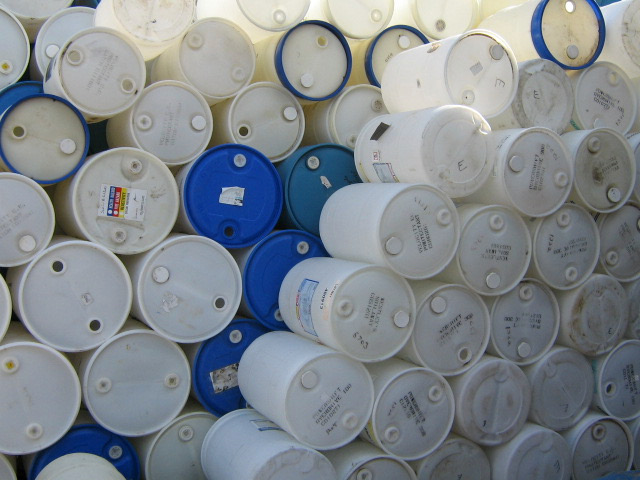Why You Should Focus On Improving Wall Cable Tie
Tagging birds and humane concerns
One of the important things I discover most fulfilling about preserving this blog is the contact it provides up with people outside the SEANET community. When members of the general public see anything unusual in the seabird world, they tend to head straight to the internet and google what they've seen. Searching "tagged bird" or "tagged gull," or "dead bird on beach" for example, will raise our blog amongst the first few outcomes.

Last week, I got an e-mail from a female in Massachusetts notifying me to a continuous conversation amongst birders and bird photographers about the appropriate treatment of rare and uncommon birds. How much disturbance is acceptable, for instance, in pursuit of the best shot, or ideal view? In the course of this discussion, humane issues for the birds came up typically, and somebody raised banding and tagging birds under that umbrella.

I went to among the picture online forum where the discussions were taking place, and was surprised to find an image of a SEANET tagged bird, bearing its orange cable ties and aluminum tag. The caption recommended that the bird had actually passed away from the tag's presence, and that it was vicious practice. Obviously, we at SEANET tag just dead birds, so cruelty and humane treatment are not relevant to our research study, but public understanding definitely is, so I chose to seize the day to educate the public about some of the ongoing bird tagging studies they might experience in their journeys, particularly here in New England.
The purpose of marking, banding or tagging any bird with a cable tie is to study it. By taping all sightings of an offered bird after it is caught and marked, scientists can get at least a rough photo of where it takes a trip, rests, breeds, and so on. The bigger and more obvious the marking, the more most likely the bird is to be noticed, taped and reported. The spectrum runs from the metal, federal bands put on the legs of songbirds caught in mist nets, to large fluorescent wing tags with obvious alphanumeric codes. Even the largest of the metal federal bands are impossible to read with the naked eye on a live bird with any power to escape, therefore these are generally just reported when a bird is regained and the band can be read in the hand, or by birders with identifying scopes and http://ricardoqbhx986.bravesites.com/entries/general/the-next-big-thing-in-nylon-cable-tie-hs-code a lot pf perseverance, or when the bird is discovered dead. This indicates that really little can be obtained about a bird's travels when only a federal band is positioned.